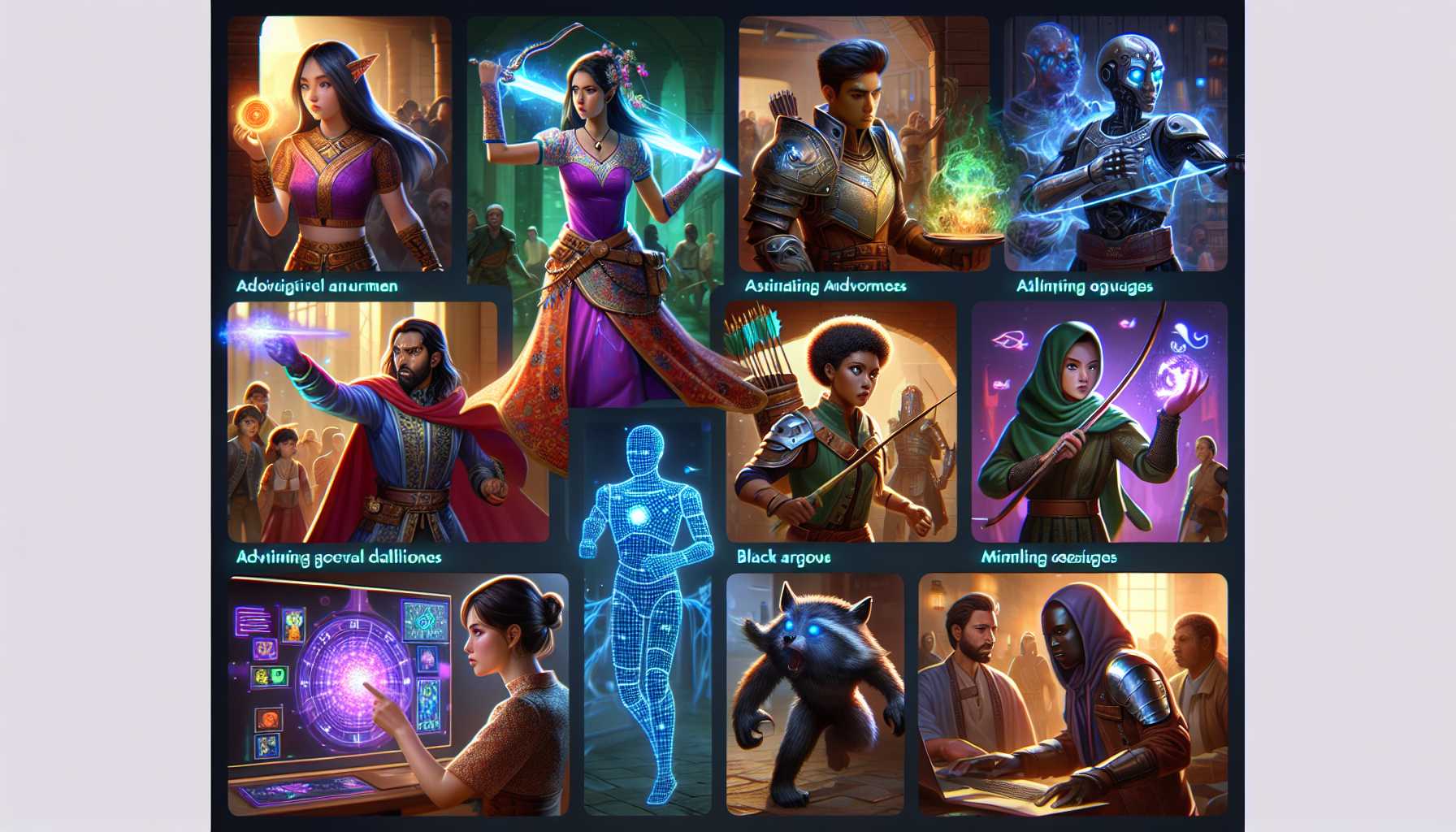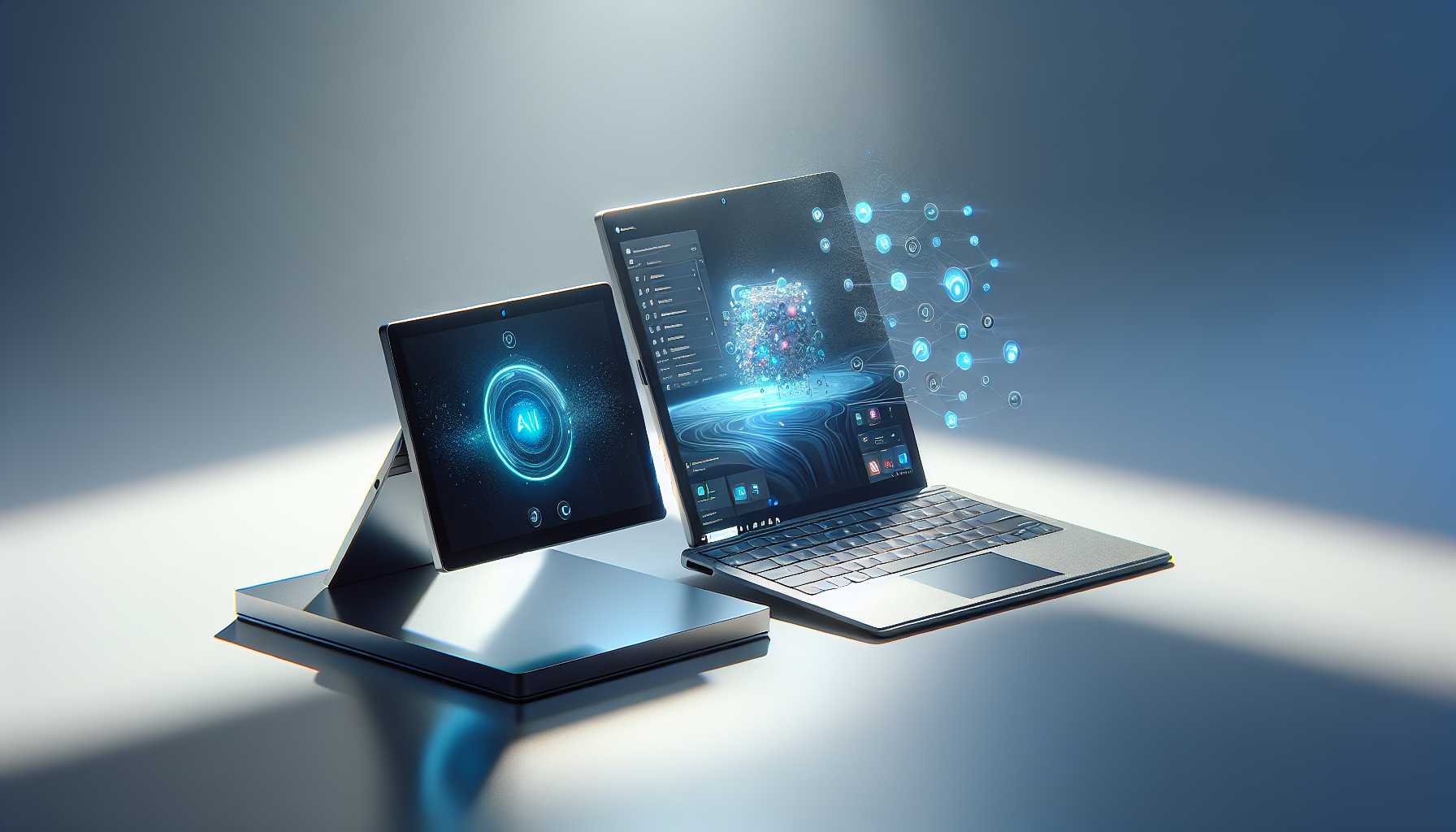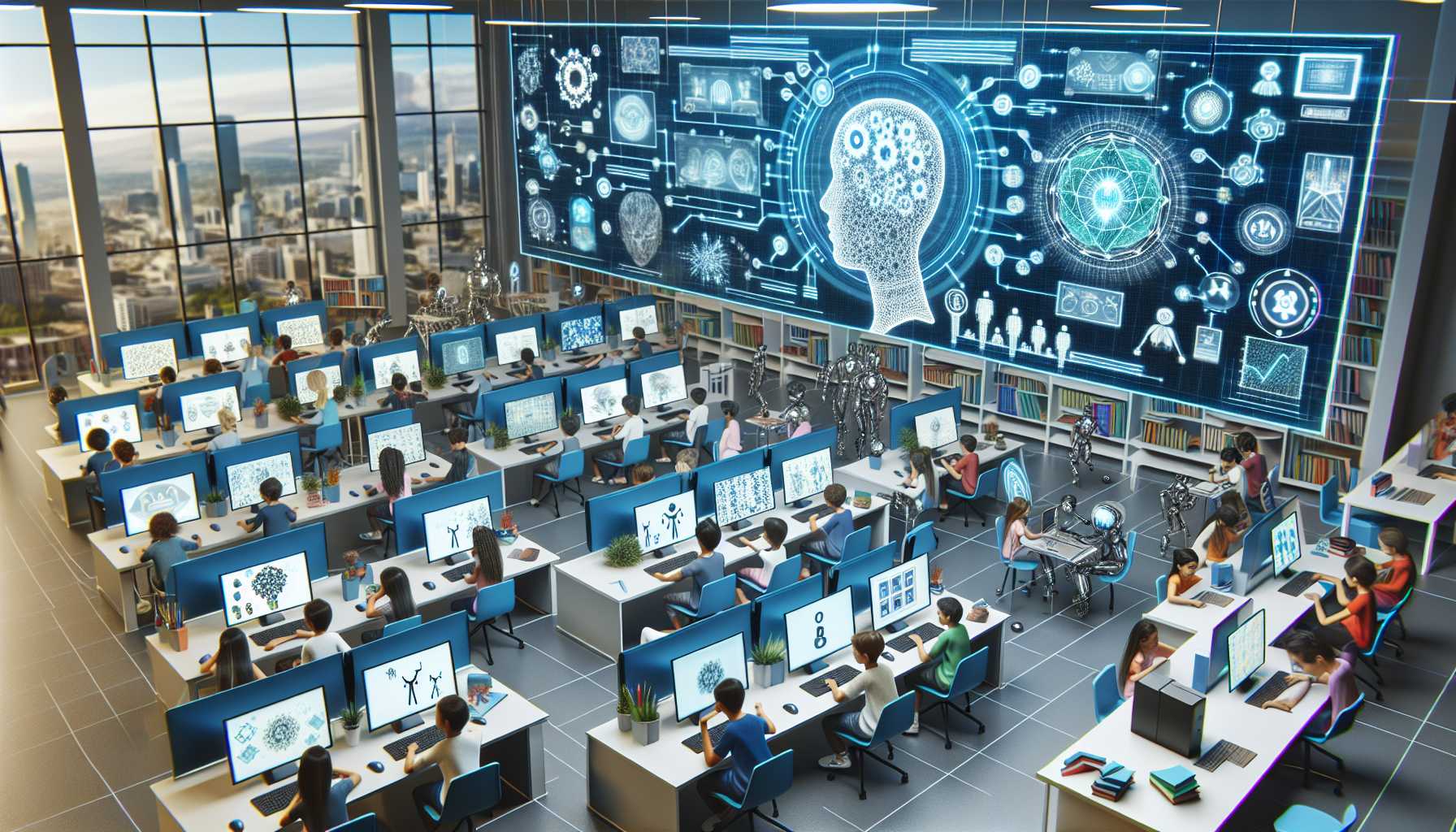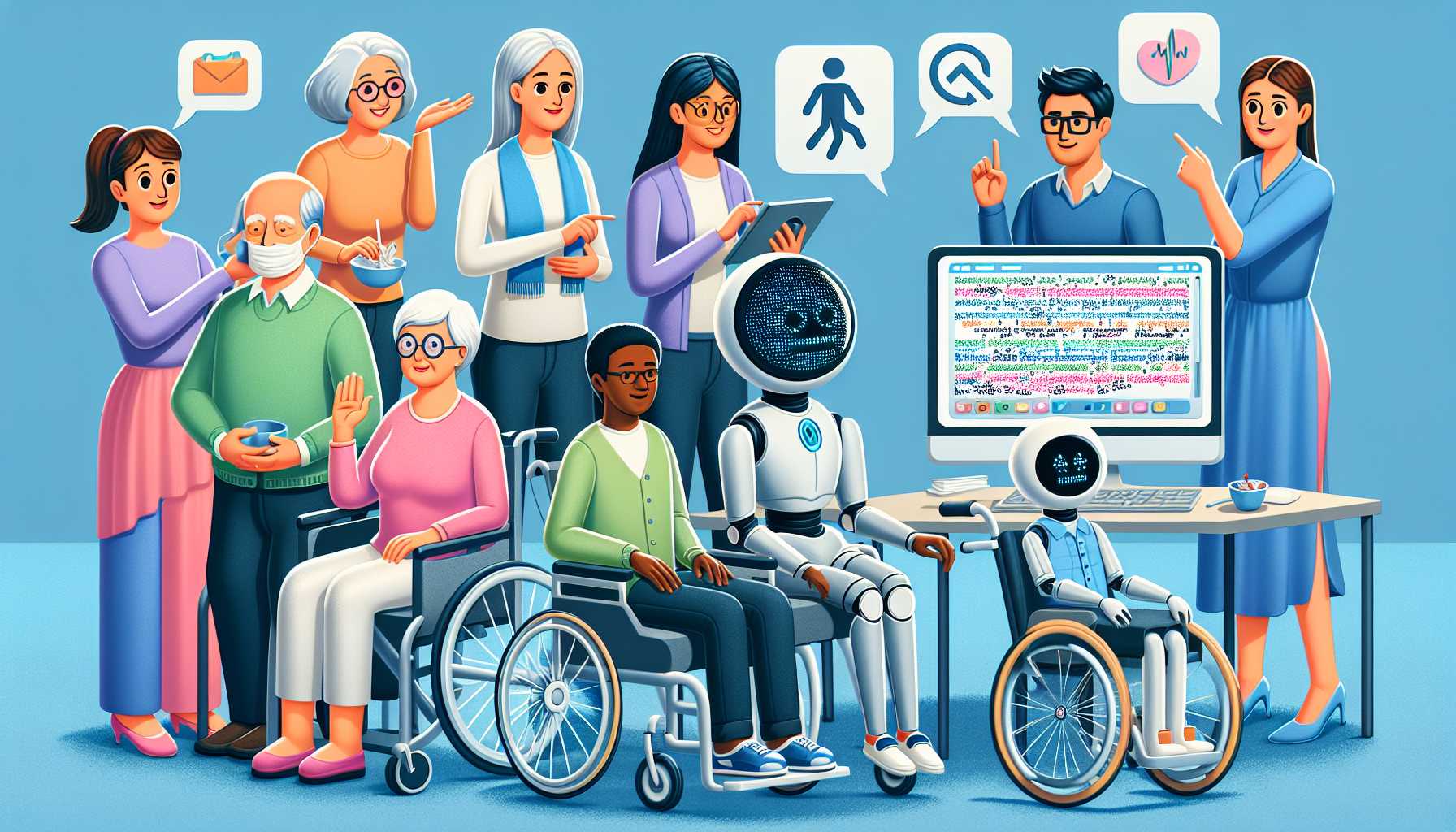AI in Gaming: Nvidia’s ‘Covert Protocol’ Unveils a New Era of Character Interaction
Imagine stepping into a game world where every character you encounter isn’t just scripted to respond in predesigned ways but can actually generate unique, context-specific dialogue in real time. That’s the magic Nvidia is weaving into the fabric of gaming with its AI digital human tools.
At the Game Developers Conference, Nvidia pulled back the curtain to reveal ‘Covert Protocol,’ its AI-powered tech demo. As a tech enthusiast and a gamer, I find it exhilarating to see how AI is pushing the boundaries of what’s possible in gameplay interaction.
The potential for this technology extends beyond the amusement of non-playable characters with a seemingly endless pool of responses. Imagine educational software where AI guides adapt to your learning pace, or virtual customer service representatives that can provide personalized help with a human touch, without the human limitations.
The technical choreography of voice lines and lip-syncing might still need a finesse touch, but the groundwork is laid out for a seismic shift in digital communication. Nvidia’s partnership with Inworld AI and the unveiling of their project’s source code represent a significant push for industry-wide adoption. It’s a strategic move that’s not just about flexing technological muscle but about creating a community around this nascent tech.
And with Microsoft dipping its fingers into the AI-powered character creation pie for Xbox, it’s clear that AI’s role in gaming is about to get a whole lot bigger.
A Surface Not Just for Work, But for AI Mastery
Microsoft’s latest Surface devices aren’t walking the usual consumer catwalk; they’re strutting straight into the arms of businesses, and they’re dressed head to toe in AI.
The new releases, the Surface Pro 10 for Business and Surface Laptop 6 for Business, come harnessing Intel’s newest Core Ultra processors. On the surface (pun intended), they may look familiar, but their true innovation is within, laced with AI-powered enhancements.
This strategic direction from Microsoft is rich with possibilities. I foresee businesses not just using these devices for their productivity but harnessing their AI capabilities for predictive analytics, on-the-fly translations during global meetings, and even optimizing workflows using AI suggestions.
And let’s not overlook the allure of 19 hours of battery life — a telling nod to the power management wizards at Microsoft leveraging NPUs (Neural Processing Units) for efficiency gains in AI tasks.
One can’t help but admire Microsoft’s finesse in not just pushing hardware but orchestrating an AI-centric ecosystem across their suite. With an integrated Copilot button, one can anticipate these devices will become central to how professionals interact with AI throughout their workday.
The AI Revolution: Tackling Broadband, Education, and Beyond
As the ripples of the AI revolution spread outwards, they’re touching more than just tech and gaming— they’re influencing how we learn, communicate, and connect.
Joanna Nelius, with her deep roots in creative writing and teaching, is not just reviewing laptops at The Verge; she’s expanding the conversation into broadband and education, sectors where AI’s impact is just beginning to be felt.
With generative AI stirring the pot with tools that could democratize content creation and education, we’re on the brink of significant transformation. The discussion isn’t just about gigabits and refresh rates anymore, it’s about how AI can elevate our collective knowledge base, streamline learning processes, and maybe even bridge the digital divide in education.
It’s this fusion of tech with daily life that makes AI more than just a buzzword—it’s a gateway to a future that’s more connected and informed.
Microsoft Launch: AI-Integrated Surfaces and the Rise of AI PCs
This year’s Surface reveal from Microsoft was a showcase of how AI is becoming an intrinsic part of personal computing. With the new Surface Pro 10 and Surface Laptop 6 for Business, AI wasn’t just a sidenote — it was the star of the show.
The event paraded not just hardware but also how deeply Microsoft’s AI chatbot, Copilot, is becoming woven into the fabric of their ecosystem. By making their AI PC endeavors ‘business exclusive,’ Microsoft is playing a smart game. They’re targeting a sector that can genuinely benefit from AI enhancements — think industries where data analysis, predictive modeling, and smart assistance can propel productivity to new heights.
It’s clear that Microsoft is gunning for the lead in the race to integrate AI into the everyday work environment.
Microsoft’s Accessibility and AI Push: A Step Forward for All
Accessibility often lingers in the shadows when we talk about tech advancements. However, Microsoft’s latest initiatives are thrusting it into the limelight, proving that inclusivity is integral to tech’s evolution.
The firm’s commitment to adaptive accessories and an emphasis on AI-assisted accessibility features positions them as a forward-thinking giant who’s paving the way for everyone to reap the benefits of technology.
Imagine AI-powered tools providing real-time transcriptions for the hearing impaired, or turning a complicated graph into a simple narrative for someone with a visual impairment. Microsoft is shaping a future where tech is not just smarter but kinder, and more attuned to the diverse needs of its users. They’re not just creating products; they’re crafting experiences that elevate their users in profound, personal ways.
In conclusion, as AI entwines itself with every facet of the tech industry, we stand at the cusp of a new epoch. From games that innovate player interactions to business devices that think alongside you; from AI’s potential in education and network technology to inclusivity heralding a new chapter in tech — these advancements cement AI’s pivotal role in not just driving but humanizing technology





